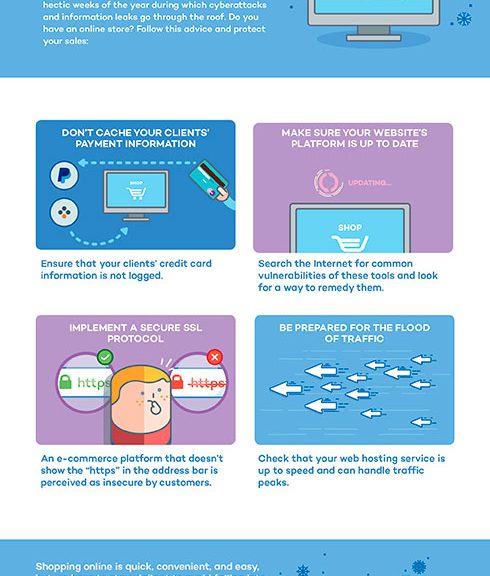If your employees are like most users, they most likely postpone updates for their OS. In other words, your company’s mobile fleet could be at risk. This is especially true if they are using Android devices. When the famous little green robot gives a notification of the update, a good deal of people wait for other users to try it first and then gauge their reaction.
It seems sensible enough, but this practice could put your company’s security in danger. First of all, phones with Android are more susceptible to break-ins than ones with iOS. Then there’s the fact that most corporate phones are equipped with Google’s software, which in itself involves a risk — the good people at Mountain View take longer than Apple to launch updates with security patches when a vulnerability is detected.
So Google lags in its response to threats, but the fragmentation of Android devices makes the response time even longer. It’s not enough for Google alone to launch its update, but will later have to be adapted to the specific make and model that your employees are using. Ultimately, an Android patch takes long enough to arrive without the added time of the user postponing an update.
On the other hand, it is true that some people recommend letting some time pass to see how each individual phone reacts to a new update. This advice, which in principle is completely inadvisable for corporate security, does in fact have a reason for being. Some mid-range models could potentially lose some performance or even some functions when a new OS is installed.
Tips on How to Safeguard Your Corporate Devices
The need to protect the confidentiality of corporate data is underscored by this seemingly quotidian matter. For one thing, it’s crucial that employees have a powerful and recent mobile device so as not to run any risks when updating. Also important is that they always have at their disposition the right protection.
The bottom line: your employees should update their mobile software as soon as it’s available. You should also recommend that they make backup copies beforehand. Doing so will reassure them that there is no risk of losing anything. Finally, they should delete cached data to prevent their device’s losing performance. No stone should go unturned in the protection and safeguarding of your company’s data.
The post Update Right Away or Wait it Out? Android’s Big Dilemma appeared first on Panda Security Mediacenter.









 Visibility: Traceability and visibility of every action taken by running applications.
Visibility: Traceability and visibility of every action taken by running applications. Detection: Constant monitoring of all running processes and real-time blocking of targeted and zero-day attacks, and other advanced threats designed to slip past traditional antivirus solutions.
Detection: Constant monitoring of all running processes and real-time blocking of targeted and zero-day attacks, and other advanced threats designed to slip past traditional antivirus solutions. Response: Providing forensic information for in-depth analysis of every attempted attack as well as remediation tools.
Response: Providing forensic information for in-depth analysis of every attempted attack as well as remediation tools. Prevention: Preventing future attacks by blocking programs that do not behave as goodware and using advanced anti-exploit technologies.
Prevention: Preventing future attacks by blocking programs that do not behave as goodware and using advanced anti-exploit technologies.




